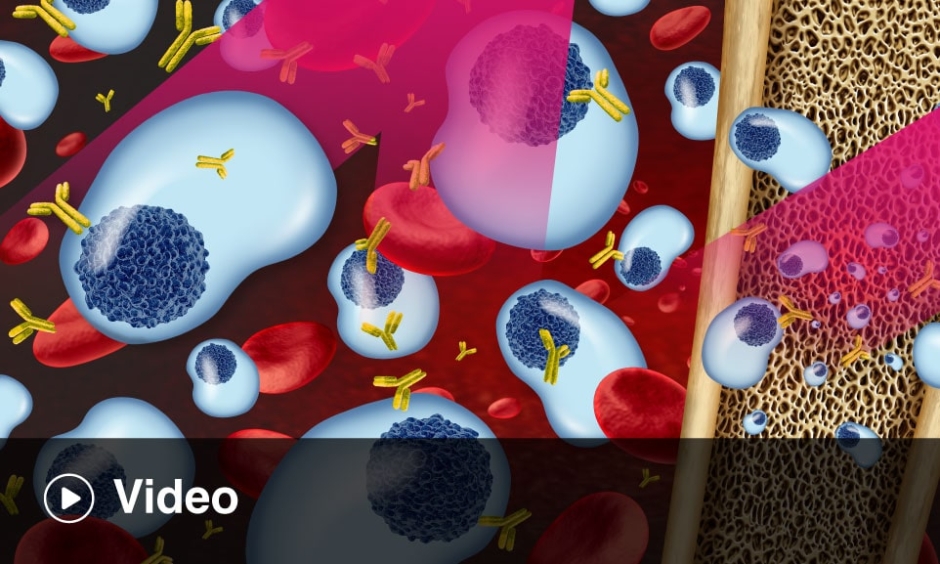PATIENTS ABOVE the age of 80 who have been diagnosed with diffuse large B cell lymphoma (DLBCL) have more than tripled their overall survival rate after receiving six or more cycles of chemotherapy.
A study, carried out by South Texas Veterans Health Care System, San Antonio, Texas, USA, included 2,697 patients who met the inclusion criteria of treatment for a DLBCL diagnosis between 2011–2019. None of this cohort had other diagnoses, had not received any outside treatment, and had complete medical records. Of the patients included, 916 were younger than 65, 1,390 were between 65–79, and 391 were 80 or older.
Using the ECOG Performance Status Scale, more than two-thirds of patients in each age group had a status which remained between zero and two. Researchers found that stage at diagnosis, origin cell, and hit status were similar between all three groups.
The number of patients who received no treatment increased along with the age group (3.2% versus 6.0% versus 20.7%, respectively; P <0.001), and the percentage of patients receiving two or more lines of treatment decreased with age (10.2% versus 7.5% versus 2.3%; P <0.001). Patients younger than 65 were more likely to complete six cycles of chemotherapy in comparison to older age groups (73.9% versus 67.8% versus 59.8%; P <0.001).
Median overall survival (OS) rates decreased as age increased. However, receiving six or more cycles of anthracycline-based chemotherapy increased survival in each age cohort, with the biggest difference observed in patients over 80. Patients under 65 had a median OS of 46.3 months if they received between one and five cycles, as opposed to 75.5 months with six or more. Those over 65 had a median OS of 29.1 months with one to five cycles, and 62.5 months with six or more.
Snega Ananth, of the South Texas Veterans Health Care System, pointed out the increased incidence of DLBCL for those over the age of 65, commenting: “Therapeutic approaches that optimise treatment efficacy while minimising toxicity is needed.” Ananth added: “With the advent of genomic profiling and identification of molecular abnormalities in DLBCL, novel antibodies and small molecules with low toxicity can increase tolerance in the upfront settings, leading more elderly patients toward completion of necessary lines of treatment, thereby improving their overall survival.”








